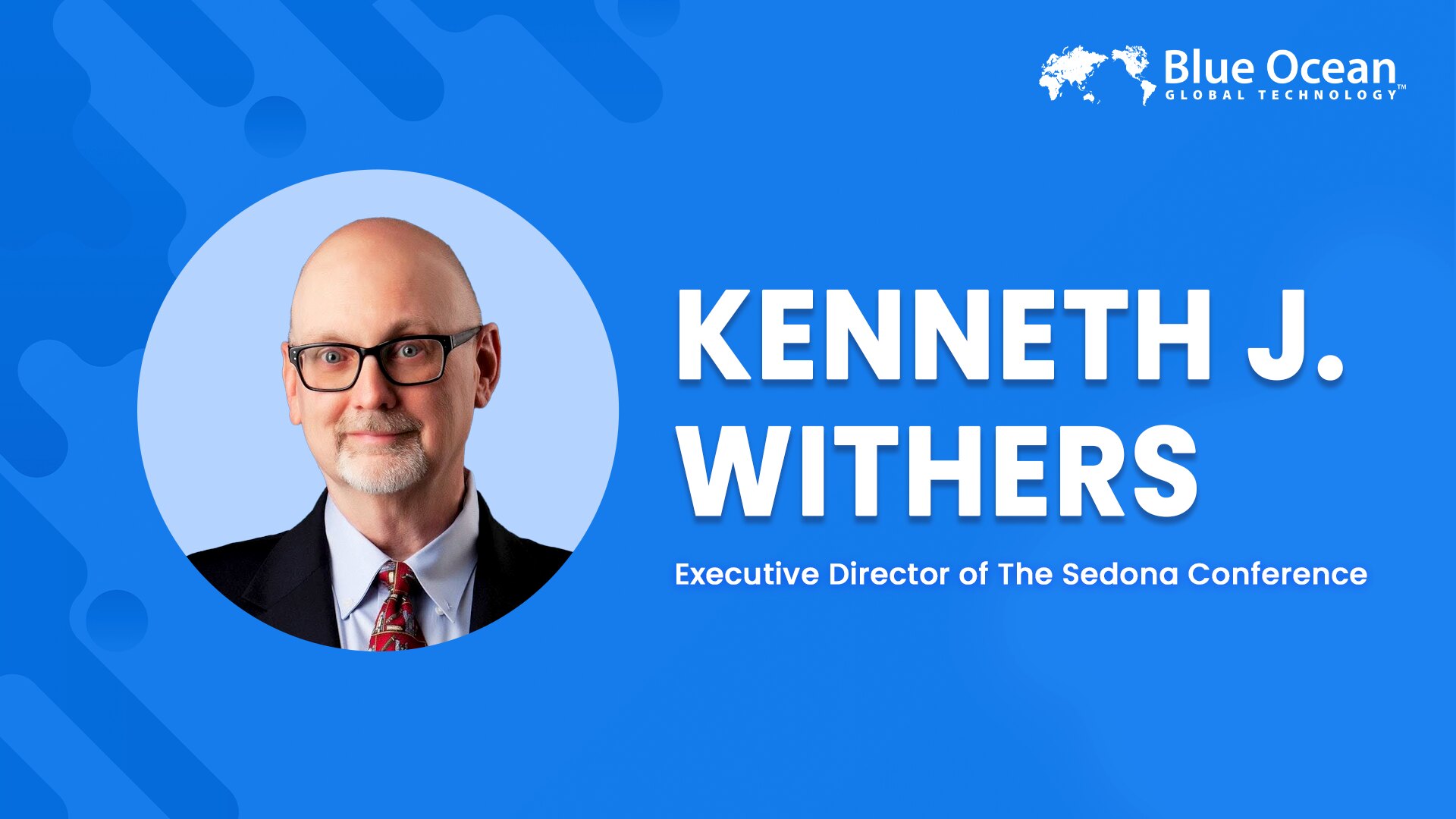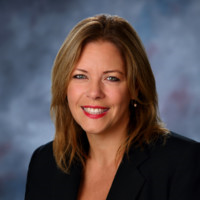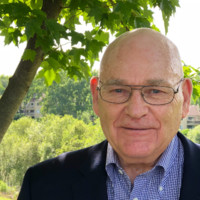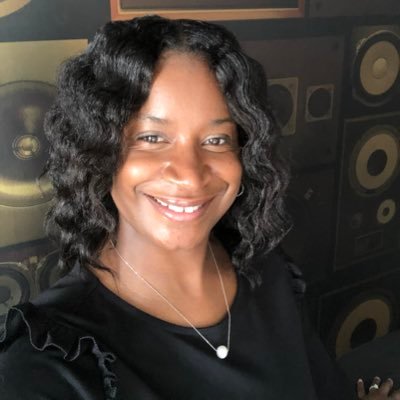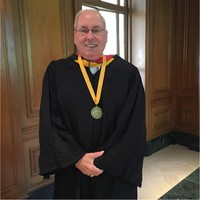About Kenneth J. Withers

Kenneth J. Withers is a leading voice in legal technology, electronic discovery, and judicial education. Currently serving as Executive Director of The Sedona Conference, he helps guide its mission to move the law forward in a reasoned and just way. Ken has delivered over 500 presentations around the world and has been instrumental in shaping how courts and practitioners handle issues like data privacy and complex litigation. Before joining Sedona in 2006, he was a Senior Education Attorney at the Federal Judicial Centre, where he contributed to the Manual for Complex Litigation and developed cutting-edge judicial training programs.
His writing has appeared in the University of Baltimore Law Review, Texas State Bar Advocate, and South Carolina Law Review. He also co-authored a widely used e-discovery textbook with Judge Shira Scheindlin and Professor Dan Capra. Ken holds degrees from Northwestern Pritzker School of Law and Simmons University and has been honored with awards like the Lord Lloyd of Kilgerran Prize and the Shira Scheindlin ”Corporate Ediscovery Hero” Lifetime Achievement Award.
Now leading The Sedona Conference after the untimely loss of its former Executive Director, Ken continues to shape the future of legal thought and innovation.

Blue Ocean: Can you tell us about yourself, your childhood, and the values that shaped you?
Kenneth: I was born in Petersburg, West Virginia, but we moved to upstate New York in the 1950s when my father, a Baptist minister, accepted a “social gospel” position underwritten by the Rockefeller family. I grew up in a progressive and tech-forward household. My mother was a nurse who transitioned into an educator. She helped pioneer electronic medical education using early television and computer systems to train healthcare professionals. My father, a trained electrical engineer, built much of this equipment himself. Our home was always humming with innovation, literally with monitors buzzing and wires everywhere.
Traditional schooling didn’t suit me, so I left at 16 and started learning through hands-on experience at the Rhode Island School of Design. I explored photography, typesetting, and graphic design. After my mother passed away, my father encouraged me to apply to college. I got into Northeastern University through a program for students without high school diplomas. I made the Dean’s List my second term and eventually became president of the honor society.
Those early years taught me to value curiosity, independence, and a strong desire to explore the intersection of disciplines like art, technology, and law.

Blue Ocean: What originally drew you to law, and how did that evolve into your involvement with issues like e-discovery?
Kenneth: My path to law wasn’t traditional. I studied journalism and print design at Northeastern and was active in student media—writing, editing, and even hosting live radio shows from Boston nightclubs. After graduation, I moved to Chicago and worked in advertising. This was just after the Supreme Court’s decision in Bates v. State Bar of Arizona, which allowed lawyers to advertise. I helped storyboard some of the earliest heavily regulated TV ads for law firms, which had to be reviewed by the Chicago Bar Association for good taste and professionalism.
Some of the lawyers I worked with, including one professor from Northwestern, encouraged me to apply to law school. I already had a strong grasp of the legal industry and a deep love for books. I was accepted at Northwestern University School of Law, worked in the law library to support myself, and eventually managed rare legal texts. That work sparked my interest in legal history and technology.
I got into electronic records almost by chance. Before I even passed the bar, I was hired by a Boston law firm to manage discovery for a case involving 300,000 documents—an enormous volume at the time. I adapted a data management system I’d built for historical research to organize the files using dBASE II. That project marked the start of my work in what would later become known as “e-discovery.”
Blue Ocean: What attracted you to Sedona’s mission of “moving the law forward in a reasoned and just way,” and what does that mission mean to you personally? Can you share a moment or project from your time at Sedona that you feel best reflects its impact on the legal community?
Kenneth: Sedona’s mission speaks to how I’ve always believed law should evolve through open, informed, and inclusive dialogue. While at the Federal Judicial Center in the late ‘90s and early 2000s, I worked with the Civil Rules Advisory Committee on modernizing discovery rules to address electronic evidence. That work introduced me to The Sedona Conference. I initially attended as support staff for judges, but Sedona founder Richard Braman soon invited me to join the faculty.
What continues to set Sedona apart is its commitment to moving past adversarial posturing. We bring together judges, lawyers, tech experts, and scholars to engage in honest, collaborative conversations conducted under the Chatham House Rule. That’s how I believe real legal progress happens: through respectful dialogue and consensus-building. That environment has led to meaningful progress in areas like civil procedure reform. One moment that stands out is the role Sedona played in shaping the 2006 and 2015–2016 amendments to the Federal Rules of Civil Procedure. While we didn’t advocate for specific rule changes, the “Sedona Principles” helped the legal community understand how to manage electronically stored information fairly and efficiently and judges publicly acknowledged that guidance during hearings. Our collaborative spirit now extends globally. At a Sedona Global Patent Conference in The Hague this year, judges from the Unified Patent Court in Europe told me how much they valued Sedona’s unique, respectful space for legal discussion—something rare in our field.
Blue Ocean: You’ve authored and contributed to numerous influential publications. How do you approach complex or emerging legal issues in a way that fosters consensus and clarity, particularly within Sedona’s Working Groups? What makes Sedona’s environment so effective in promoting thoughtful dialogue and advancing the law collaboratively?
Kenneth: Our approach is very different from the traditional “sage-on-the-stage” model. At Sedona, faculty aren’t lecturers, they lead conversations. We start by presenting complex issues and then open the floor to real discussion about how the law actually plays out in practice.
We bring together all relevant stakeholders, even those with opposing interests. We never vote on positions or force agreement. Instead, we work patiently toward consensus. If we can’t reach it, we acknowledge that honestly in our publications. That transparency is part of why Sedona commentaries are respected and trusted by judges and regulators. They reflect thoughtful, real-world, multi-perspective agreement.
Personally, I draw on my background in journalism. Like a good reporter, I try to understand every angle before writing. The process also relies on trust. Sedona uses the Chatham House Rule so people can speak freely without fear of repercussions. That creates a rare safe space where even judges and corporate counsel feel comfortable engaging in honest dialogue. Our working groups are small, diverse, and deeply engaged. There’s no pressure to agree, just a shared commitment to understanding. That mutual respect allows us to build consensus where others might hit dead ends.

Blue Ocean: What does a typical day look like for you as Executive Director? How do you balance thought leadership, strategic direction, and the collaborative nature of Sedona’s work?
Kenneth: There’s no true “typical” day, but most start with email triage. I’ve tried to delegate more routine tasks over time, though I still stay closely involved in nearly every part of Sedona’s work. Fundraising is my major responsibility, but we approach it differently. As a public charity, we don’t accept foundation money or allow any single sponsor to contribute more than 2% of our annual revenue. That policy helps protect our independence.
A good part of my day is spent showing law firms and companies the value of participating in Sedona—not for visibility, but for meaningful professional development. I also manage staff hiring, oversee editorial work, attend steering committee meetings, guide project development, and help resolve disputes. Despite having only one management course from my library science training, I’ve been fortunate to build a strong, capable team. We’ve been growing internationally, so I’m constantly thinking about how to preserve our in-person experience while making remote participation meaningful.
Blue Ocean: In your experience, how has the legal profession’s relationship with technology evolved since the early days of e-discovery, and where do you see it heading, especially in the context of Sedona’s focus areas?
Kenneth: In the 1980s, discovery meant paper documents and depositions. But I could already see that the future was digital. I worked with government contractors who were already using DARPANET, the early version of the internet, and saw firsthand how much critical information was being created and stored electronically—in spreadsheets, messaging systems, and databases. That experience taught me early on that legal systems would need to adapt.
Since then, we’ve moved from email to cloud storage, social media, and AI. Sedona has grown alongside these changes. Our third edition of the Principles addressed modern data types, and we’re now expanding into artificial intelligence, cross-border data issues, and international IP litigation.
We don’t try to predict the future. We’re constantly trying to stay just ahead of the curve by talking to the people who are building it, and we listen carefully.
Blue Ocean: What core values or principles do you believe are essential to maintaining integrity and trust in both legal practice and legal scholarship? How are these values embodied at Sedona?
Kenneth: Transparency, humility, and a commitment to dialogue. Sedona doesn’t present itself as the final authority—we create space for people to find answers together. We kept our funding structure intentionally limited to preserve our independence, and we never allowed corporate branding or large contributions that might influence our work. And our publications always reflect real-world consensus, not just academic theory.
We also acknowledge disagreement. If our participants can’t align on a point, we don’t gloss over it, but we document it. That kind of integrity builds lasting trust with courts, regulators, and within the profession as a whole.
Blue Ocean: Looking back at your time as a Senior Education Attorney and your academic contributions, what lessons have stayed with you, and how have they shaped your approach to legal education today?
Kenneth: One big lesson is that learning has to be active. It doesn’t happen through passive absorption but is rooted in dialogue. My background in rare book conservation, legal history, and international research taught me to look for connections between past and present, and between theory and lived experience. When I studied international law at Cambridge and Aberystwyth Universities or worked on early digital archives at the U.K.’s Public Record Office, the best insights came not just from reading texts, but through conversations.
That approach continues at Sedona, where we center conversation rather than lecture. We focus on discussion, exploration, and exchange.

Blue Ocean: For those new to the legal profession, what advice would you offer, particularly to those interested in research or interdisciplinary work like that done at Sedona?
Kenneth: First, get out of the office. When I was starting out, you could walk into any courtroom and observe a pre-trial hearing or argument. Listening taught me how lawyers communicated, what persuaded judges, and what didn’t. But over time, a lot of that moved onto paper. So now, young lawyers have to be more intentional about finding those experiences. Find ways to be present where the real work happens.
Second, invest in professional communities. The billable hour has made it harder to attend bar meetings or write for journals, but those spaces are where careers are shaped. Push back. Make time for bar meetings, mentoring, and networking. If you’re interested in research, start small. Try writing for local bar journals, collaborate across disciplines, and build your own voice.
And always speak up. As Langston Hughes said, “There are ways of getting almost anywhere you want to go if you really want to go.” You have to be visible. Cultivate your ability to speak clearly and confidently in front of a group. It’s not optional in this profession. Don’t wait to be invited to the table—pull up a chair.
Blue Ocean: For those new to the legal profession, what advice would you offer, particularly to those interested in research or interdisciplinary work like that done at Sedona?
Kenneth: First, get out of the office. When I was starting out, you could walk into any courtroom and observe a pre-trial hearing or argument. Listening taught me how lawyers communicated, what persuaded judges, and what didn’t. But over time, a lot of that moved onto paper. So now, young lawyers have to be more intentional about finding those experiences. Find ways to be present where the real work happens.
Second, invest in professional communities. The billable hour has made it harder to attend bar meetings or write for journals, but those spaces are where careers are shaped. Push back. Make time for bar meetings, mentoring, and networking. If you’re interested in research, start small. Try writing for local bar journals, collaborate across disciplines, and build your own voice.
And always speak up. As Langston Hughes said, “There are ways of getting almost anywhere you want to go if you really want to go.” You have to be visible. Cultivate your ability to speak clearly and confidently in front of a group. It’s not optional in this profession. Don’t wait to be invited to the table—pull up a chair.
Conclusion
Kenneth J. Withers’ path—from a tech-filled upbringing to shaping global legal standards—reflects a rare blend of curiosity, conviction, and collaborative leadership. Through Sedona, he’s helped create space for the legal profession to reflect, adapt, and move forward with clarity and purpose. His story is a powerful reminder that progress begins not just with ideas, but with listening, trust, and the conversations that make it meaningful.
Do you have a personal or professional story that can inspire other people into becoming the best version of themselves?
You are welcome to share your journey with our audience.

